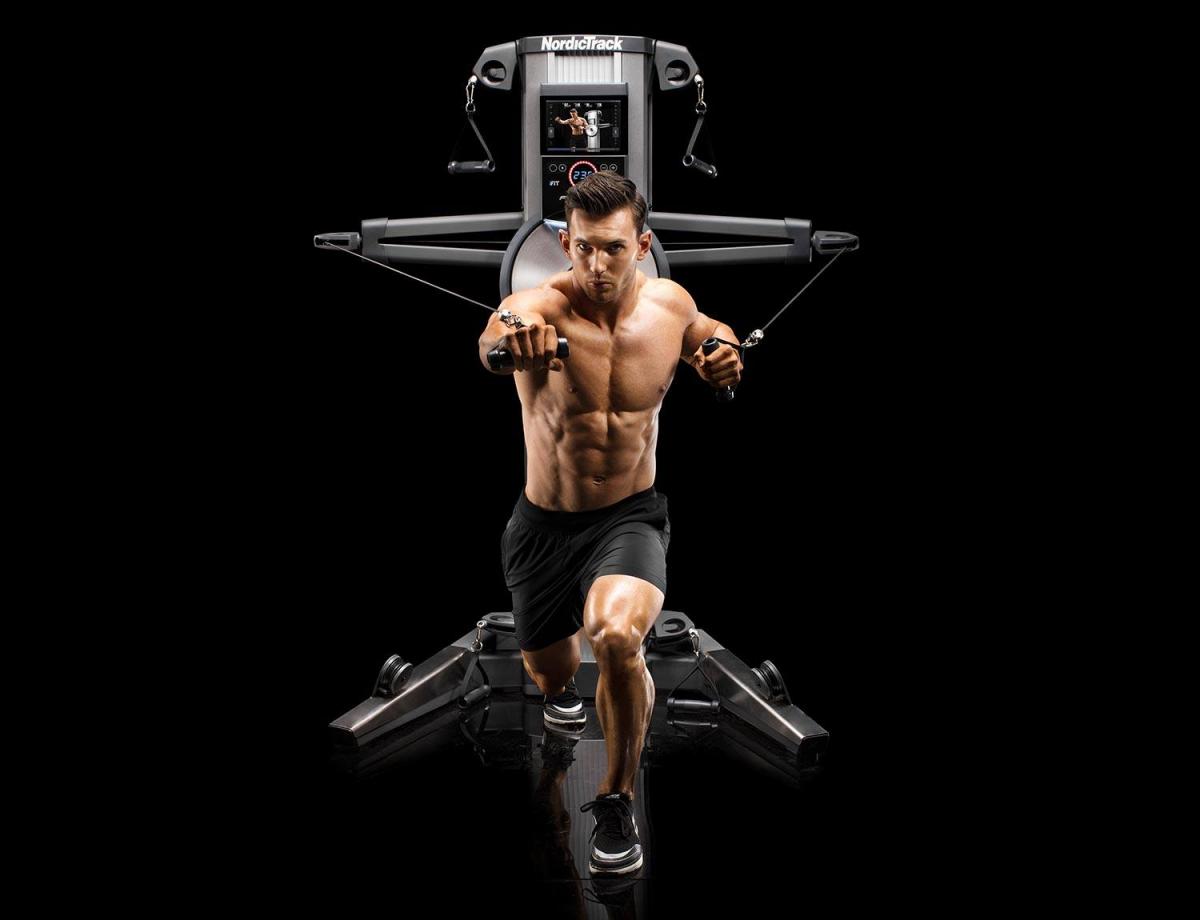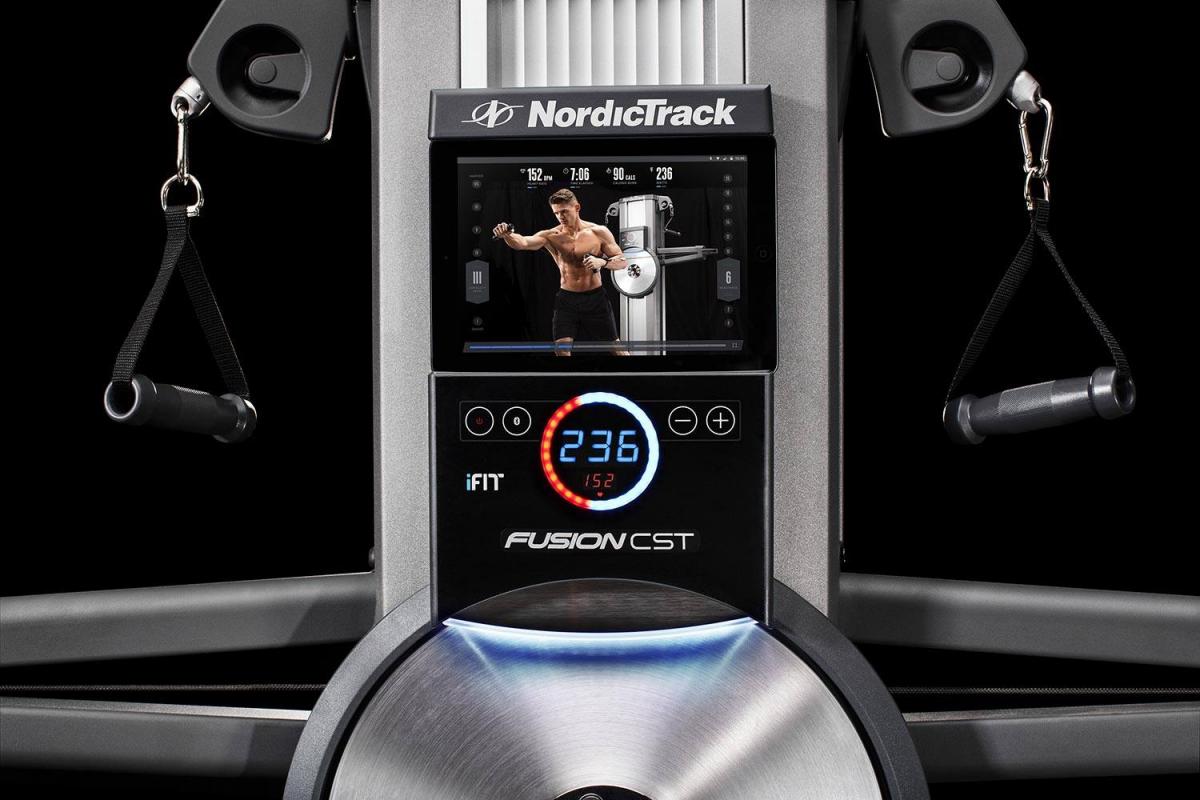Cross training is not only an extremely physical training method; it also provides a very complete workout. When you do it right, you’ll quickly see positive results and feel the beneficial effects. You’ll be so excited about your results, and that will motivate you to keep it up over the long term.
Cross training (or “XT” for the in crowd)

Cross training is a relatively new form of physical training, having gotten its start around 20 years ago. It aims to maximise the effectiveness of every workout by mixing up different types of exercises. In fact, it was originally designed for athletes who noticed that their workouts for their particular sports were too specialised. The goal with cross training is to work as many different muscles as possible in a minimum amount of time, developing both strength and endurance.
While cross training, you perform a maximum of repetitions of different exercises in a short time (generally no longer than 20 minutes), interspersed with recovery phases. Given the intensity of the sessions, two weekly workouts are enough to bring results. It’s difficult to do much more, as you need to let your body recover! For these reasons, it’s an ideal sport if you don’t have a lot of free time but you want to push yourself in the limited time you do have to train.
Fast, noticeable results
In general, the benefits of exercise are beneficial and manifold. No surprise there. But when you cross train, the positive results are even greater. You burn fat, gain strength and muscle mass, and improve your endurance. The intensity of cross training sessions also triggers the afterburn effect, helping you to lose weight faster. In addition, by quickly repeating the same movements, you increase your strength and speed. And you develop your proprioception: you’ll become more energetic and agile, and in more precise control of your every movement.
And you’re not just reaping physical benefits: your mind gets sharper, too! Cross training tests your will and your motivation, and it requires excellent concentration to stay in the zone during workouts. As you develop these mental aspects, you’re becoming more physically fit, boosting your self-confidence and physical abilities. Oxygenating your brain during training also makes you more alert even when not working out.
And of course, just as with other sports, cross training provides many long-term health benefits. Chief among these: reduced risk of cardiovascular disease, diabetes, obesity and neurodegenerative diseases (Alzheimer’s, Parkinson’s, dementia, etc.). Sports, and in particular cross training, can also positively affect your outlook on life and can effectively fight against anxiety and the risk of depression.
Cross training and the Fusion CST

Often, people practise cross training in a gym with a coach. But you can also get a full cross training workout at home. NordicTrack’s Fusion CST is perfect for this. Equipped with 8 pulleys with adjustable resistance, it offers a variety of different exercises, while protecting you from the risk of injury inherent in the use of bars and weights. The pulleys’ smooth resistance also helps to preserve your joints over the long run. Another major Fusion CST asset is its 10” iFit Coach compatible screen, through which you can access personalised online training to get the most out of your session. It provides an excellent and helpful entry point for cross training beginners. You receive a 1-year iFit subscription with the purchase of a Fusion CST.
Reward… with risk

Cross training may be a fun way to train, but don’t take it lightly: it’s fast and intense, and you risk injury if you don’t train correctly.
Because cross training exercises are so intense, you have to make sure you’re properly warmed up before starting a session. Otherwise, you expose yourself to sprains and muscle tears. Sprains and strains can also occur if you turn the wrong way or too quickly during a fast-moving exercise. Finally, if you’re not doing something the right way, or if you’re overworking an area of the body, it can lead to tendonitis.
So, keep in mind that there’s no need to go too fast or push yourself too much, as you might just find yourself unable to exercise for several weeks. And it can’t be emphasised enough: drink, eat, warm up sufficiently, don’t exercise if you’re not fully focused or too tired, and give yourself enough time to recover between sessions. Your body will thank you, again and again!
We recommend
Tips for starting your home fitness session right and finishing strong
No matter what your sport, you need to observe some fundamental practices: warm-ups, stretching and hydration. This includes when you work out at home. Below, some tips to help you to get…
Protect Your Joints While Working Out On Your Treadmill
Running is a great way to develop your cardio. However, it puts a lot of pressure on your joints. But don’t worry: you don’t need to choose between the health of your heart and your knees: with…
How Often Should You Use Your Treadmill To Stay In Good Health?
The key to an effective workout on your treadmill is regular repetition. Only through frequent workouts will you see positive effects on your health. But you also need to listen to your body when…
What’s The Best Time Of Day To Work Out On Your Elliptical?
One of the big advantages of having an elliptical at home is that it’s always available for training. But when should you use it – in the morning, at lunchtime or in the evening after work? We’ve got…
Should Seniors Use Exercise Bikes?
If you’re a senior in good health, nothing should hold you back from using an exercise bike, so go for it! You’ll quickly see the many positive effects it can have on your health…
